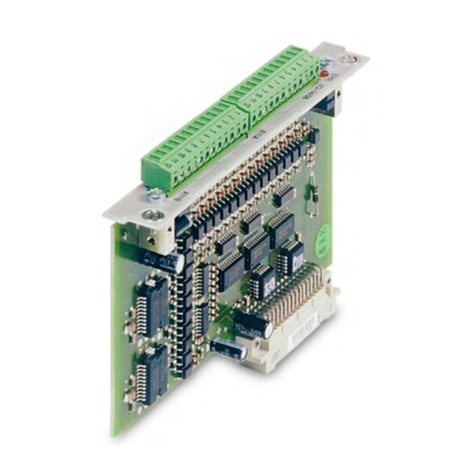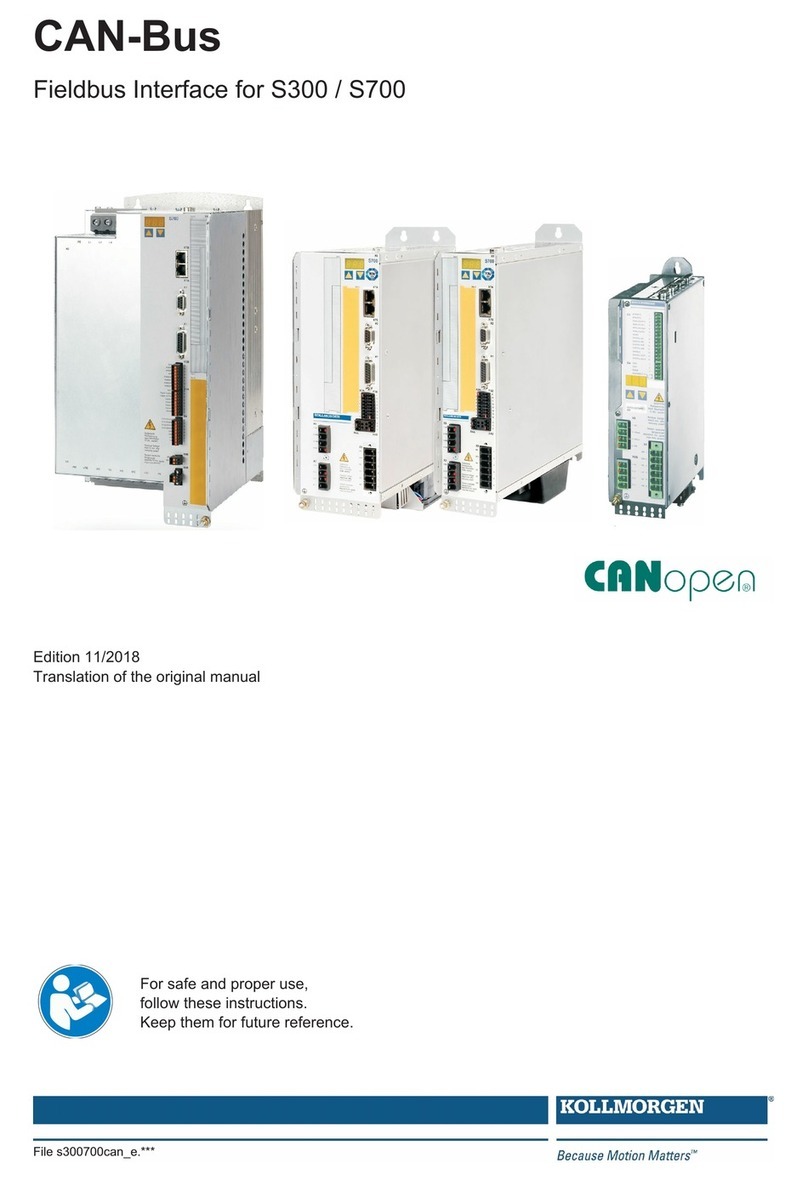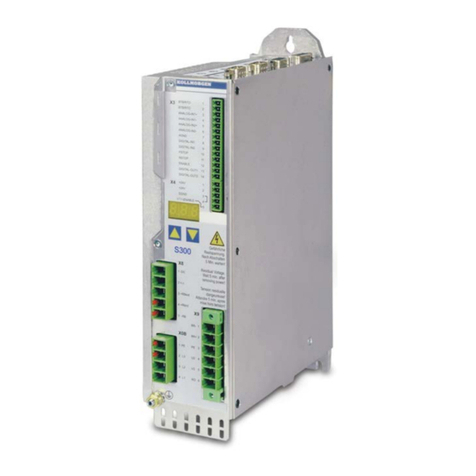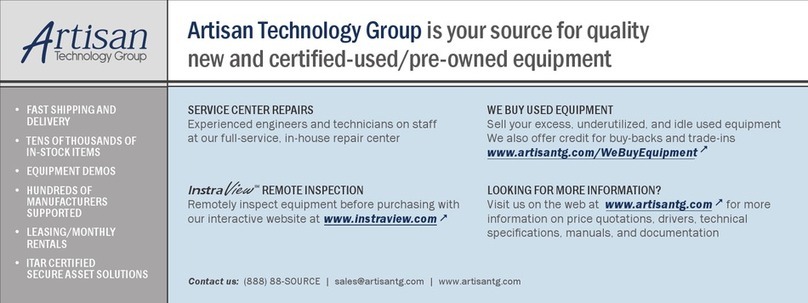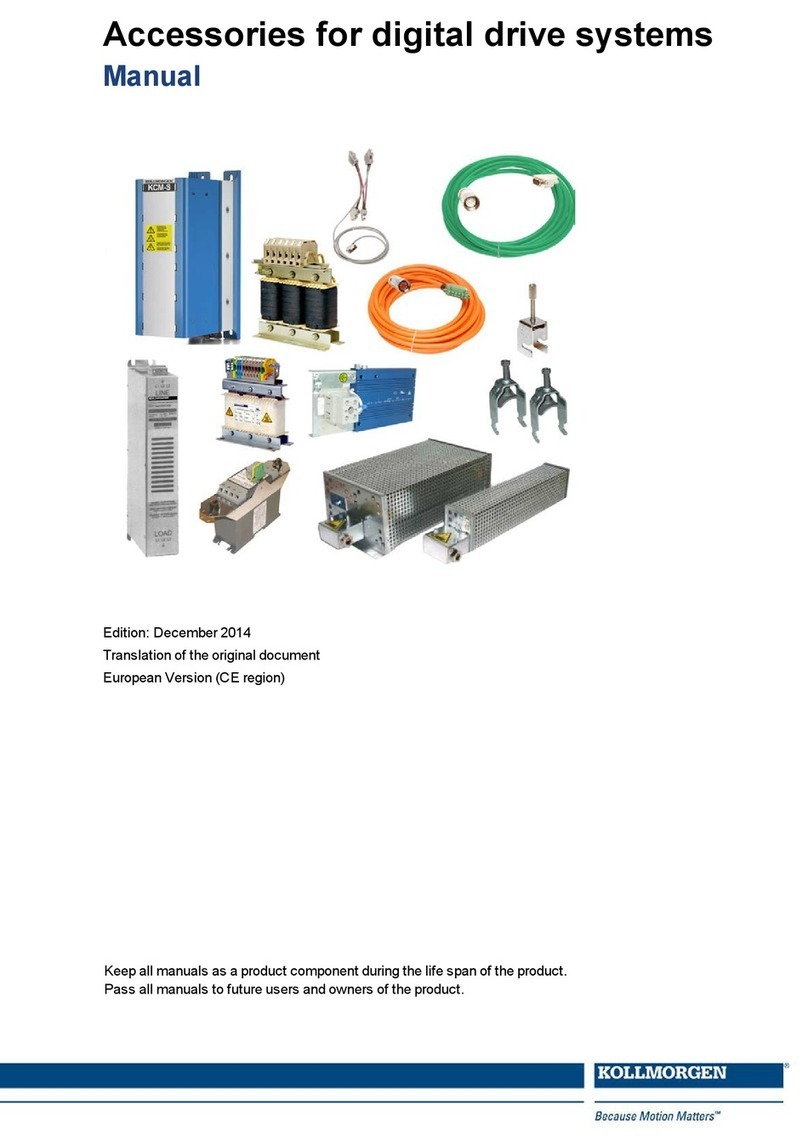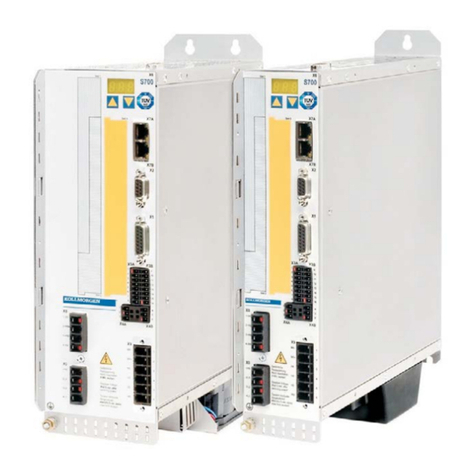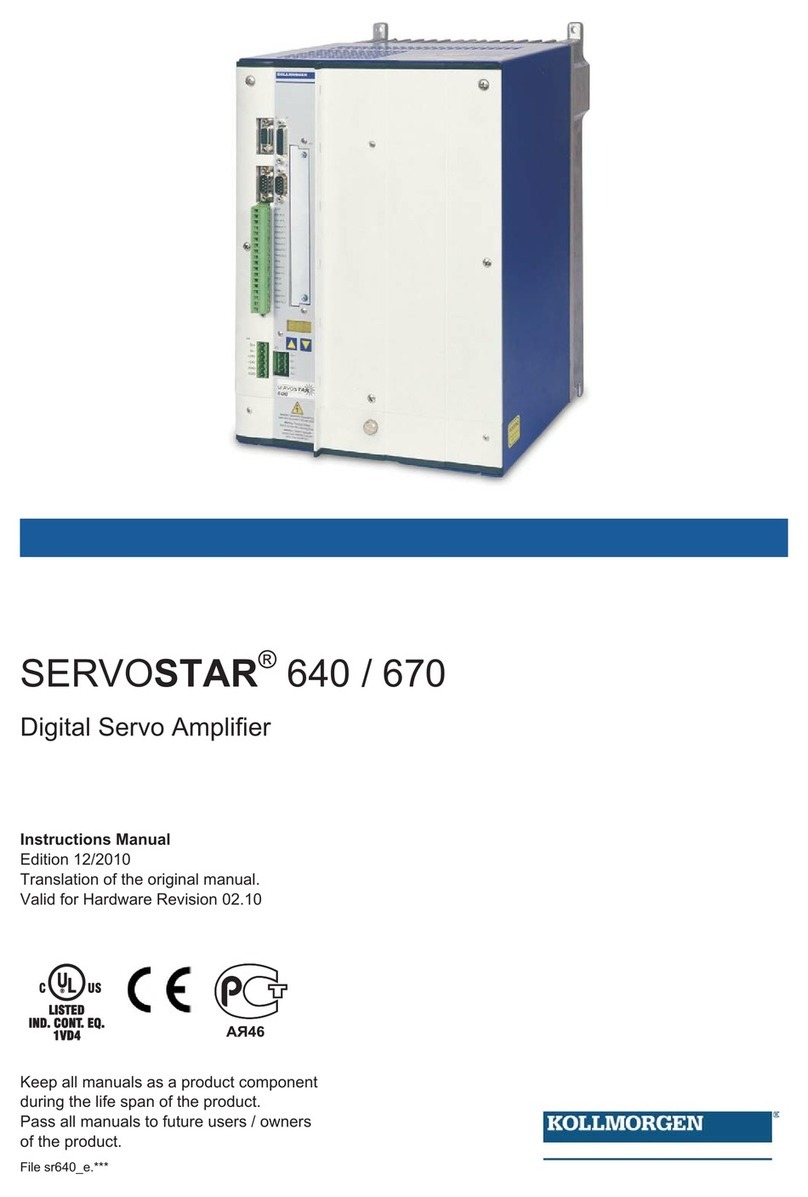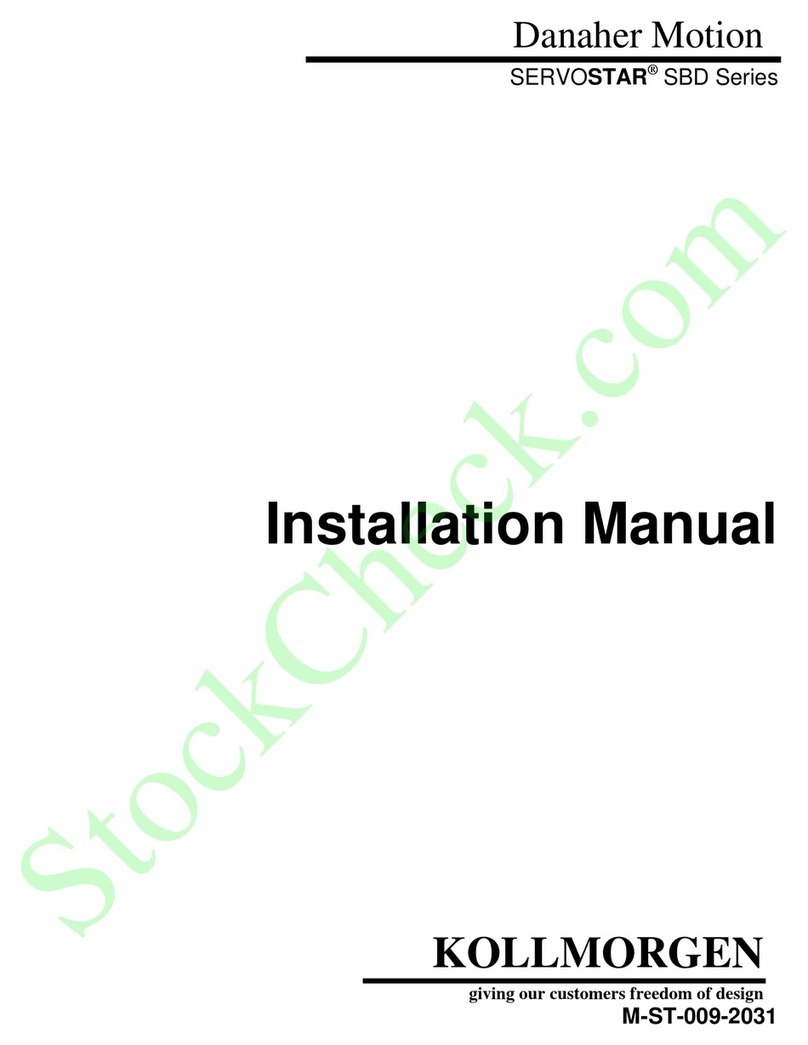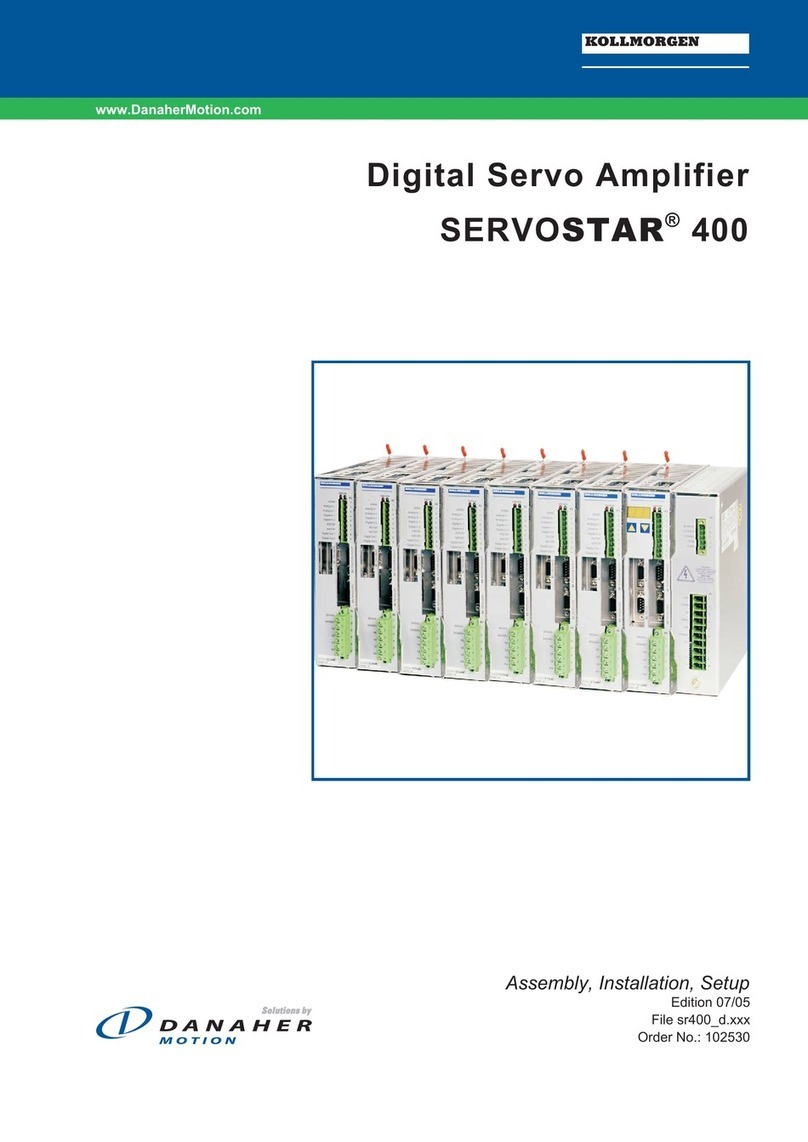
Previous versions :
Edition Remarks
05/1998 First edition
08/1998 a few corrections
09/1998 various minor corrections, parameter description removed, parameter setting for multi-axis systems and
on/off switching behavior added, Installation/setup divided into two chapters
01/1999 614 added, various minor corrections
02/1999 Interface relay for digital outputs (pages 26, 43)
06/1999 various corrections, cables and connectors removed, choke box added
08/1999 24V tolerance, encoder wiring, ventilation
11/1999 Packaging, brake resistor
12/1999 Option -AS- integrated, ground-bolt, master-slave
04/2000 various corrections, setup software on CDROM only, motors 6SM27LL and 6SM37VL added
06/2000 Wiring diagrams electr. gearing, warning and error messages, recommended torque
08/2000 Wiring diagram in chapter III.9.2 corrected
07/2001
S610-30 and options -I/O-14/08- and -2CAN - incorporated, hardware-description incorporated for
PROFIBUS and SERCOS, nameplate, motor list and connector assignment corrected, LED-display cor-
rected, error messages expanded
02/2002 Dimensions BAR corrected
06/2002 Frontpage new design, corrections to US English, motor table removed, order numbers added,
last page new design and contents, new; connection to diff. mains supply networks, block diagram to ch.III
07/2003 several corrections, DeviceNet expansion card added, directives and standards page revised, cover design
09/2003 Ethernet expansion card and Single axis controller expansion card added
03/2004 new brake resistors BAR(U), several corrections
02/2006
Company name updated, expansion cards updated, new sections on EtherCAT and SynqNet, chapter l re-
structured, new sections on motor chokes, Encoder power supply and encoder termination, various error
corrections, new ordering codes, Feedback section revised, BAR removed, cross section (awg)
09/2006 Hardware Revision, disposal acc. to WEEE-2002/96/EG, new structure+cover pages, Quickstart integrated
04/2007
Part number scheme, servo system graphics expanded, shock-hazard protection new, BISS feedback,
feedback expanded, enc. emulation, switch-on/off behavior and AS updated, accessories removed,
DC-Bus link expanded, fuses brake resistor
07/2007 Timing diagramm motor brake, motor connector, example cat.3 to EN954-1
06/2008 Repair, deinstallation, syntax: "regen" => "brake", EMC standards, Hiperface, CE declaration
08/2008 SCCR->42kA
07/2010 Logo, Repair, Disposal, safety symbols acc. to ANSI Z535, GOST-R, HWR 5.20, holding brake hints, WIKI
links updated
Hardware Revision (HWR)
Hardware Rev. Firmware Rev. DRIVE.EXE Rev. Remarks
05.10 >= 5.76 <= 5.53_284 Firmware >=6.68 required with BISS
05.20 >=5.81 >= 5.53_285 CAN Controller neu, Standard
>= 6.86 >= 5.53_285 CAN Controller neu, BiSS/EtherCAT Support
WINDOWS is a registered trademark of Microsoft Corp.
HIPERFACE is a registered trademark of Max Stegmann GmbH
EnDat is a registered trademark of Dr. Johannes Heidenhain GmbH
EtherCAT is a registered trademark of EtherCAT Technology Group
SERVOSTAR is a registered trademark of Danaher Motion
Technical changes which improve the performance of the equipment may be made without prior notice !
Printed in the Federal Republic of Germany
All rights reserved. No part of this work may be reproduced in any form (by printing, photocopying, microfilm or any other
method) or stored, processed, copied or distributed by electronic means without the written permission of Danaher
Motion GmbH.

